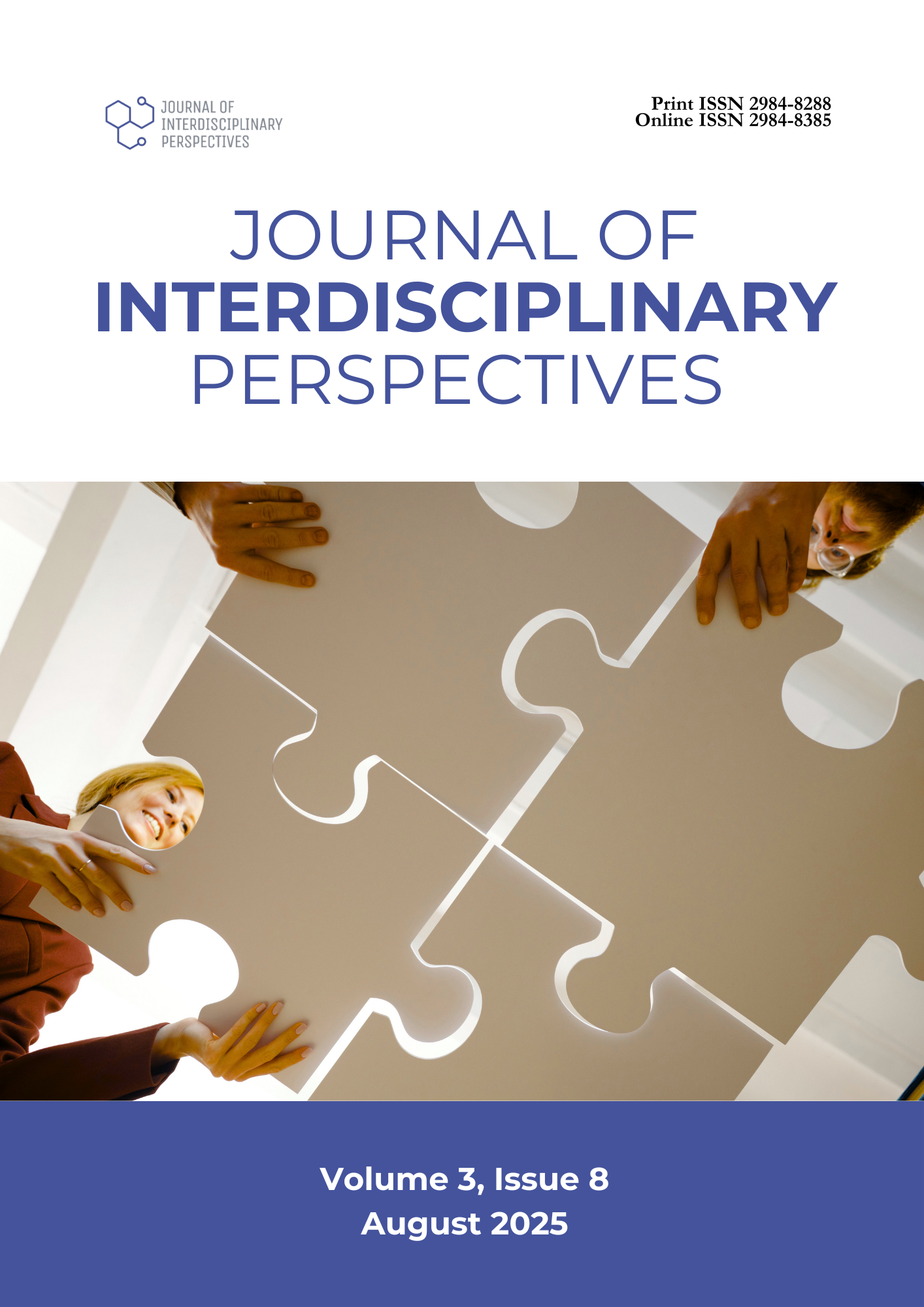Materials Management of Science Laboratories in Public High Schools in La Union
DOI:
https://doi.org/10.69569/jip.2025.411Keywords:
Laboratory materials management, Policy recommendations, Public senior high schoolsAbstract
This study examined the materials management practices in science laboratories of public high schools, specifically focusing on inventory, storage, safety protocols, and personnel management. The study employed a descriptive-survey research design, utilizing a researcher-designed questionnaire as the research tool. This questionnaire was administered to school heads, science teachers, and learners enrolled in public high schools within the Division of La Union. The weighted mean was the statistical tool used to treat the data gathered. The study revealed that the extent of materials management as a whole was mainly managed, with practices related to inventory, storage, and safety rated as capabilities. In contrast, personnel-related practices were generally rated as constraints that needed to be addressed. These imply that the learning tools, equipment, and processes in the Science laboratories are capably administered and supervised. To further improve the management of materials in science laboratories of public high schools in La Union, a set of policy recommendations was crafted by the researcher, specifically to alleviate the identified constraints.
Downloads
References
Andersen. (2021). Laboratory inventory management system to improve your lab’s efficiency | LinkedIn. https://tinyurl.com/cf3d6j72
Argyris, C. (2004). Reasons and rationalizations: The Limits to organizational knowledge. OUP Oxford. http://psycnet.apa.org/record/2004-15590-000.
Conduct Science. (2019, September 19). Fundamentals of Lab Management. Conduct Science. https://conductscience.com/fundamentals-of-lab-management/
De La Cruz, R. J. D. (2022). Science education in the Philippines. In R. Huang, B. Xin, A. Tlili, F. Yang, X. Zhang, L. Zhu, & M. Jemni (Eds.), Science Education in Countries Along the Belt & Road: Future Insights and New Requirements 331–345. Springer Nature. https://doi.org/10.1007/978-981-16-6955-2_20
Department of Education (DepEd). (2006). Observance of safety measures in science laboratories (DO 48, s. 2006). https://tinyurl.com/yc7same5
Education Bureau. (n.d.). Science Education—Laboratory Safety and Management. https://tinyurl.com/z7zczkjm
Love, T. S., Roy, K. R., & Marino, M. T. (2020). Inclusive Makerspaces, Fab Labs, and STEM Labs. Technology and Engineering Teacher, 79(5), 23–27.
National Research Council (US) Committee on Prudent Practices in the Laboratory. (2011). Working with laboratory equipment. In prudent practices in the laboratory: Handling and management of chemical hazards: Updated Version. National Academies Press (US). https://www.ncbi.nlm.nih.gov/books/NBK55884/
Ndihokubwayo, K. (2017). Investigating the status and barriers to science laboratory activities in Rwandan teacher training colleges towards improvement practice. In Online Submission, 4 (1),47–54. https://eric.ed.gov/?id=ED595365
Pain, E. (2012). Lab management. https://www.science.org/content/article/lab-management
Paler-Calmorin, L., & Calmorin, M. A. (2012). Research methods and thesis writing, 2012 Ed. Rex Bookstore, Inc.
Pareek, R. B. (2019). An assessment of availability and utilization of laboratory facilities for teaching science at secondary level. Science Education International, 30(1), 75–81.
Ruys, T. (Ed.). (1990). Handbook of facilities planning, Vol. 1: Laboratory Facilities.
UT- Houston Environmental Health and Safety. (2023). Home. https://www.uth.edu/safety/
Weiss, J.A. (2000). From research to social improvement: Understanding Theories of Intervention. https://journals.sagepub.com/doi/10.1177/0899764000291006
Zengele, A. G., & Alemayehu, B. (2016). The status of secondary school science laboratory activities for quality education in case of Wolaita Zone, Southern Ethiopia. Journal of Education and Practice, 7(31), 1–11.
Downloads
Published
How to Cite
Issue
Section
License
Copyright (c) 2025 Journal of Interdisciplinary Perspectives

This work is licensed under a Creative Commons Attribution-NonCommercial 4.0 International License.








